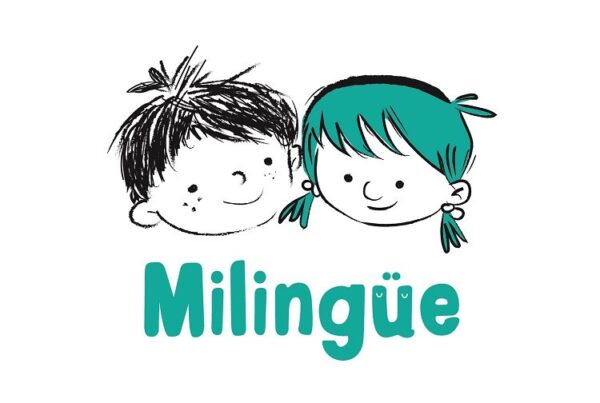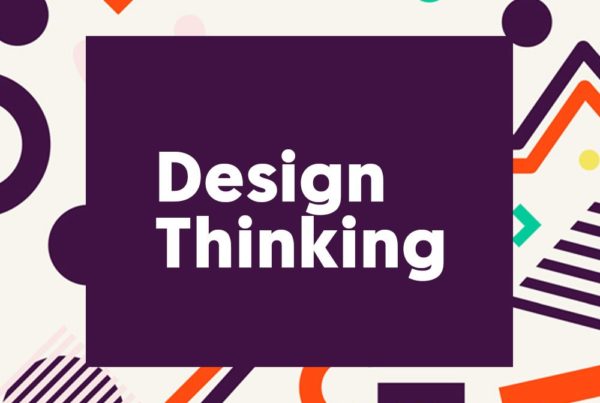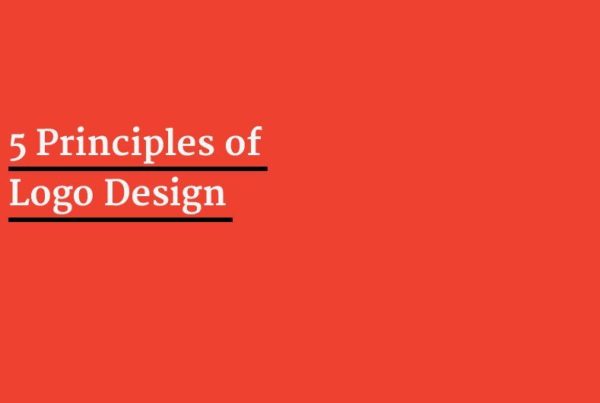What is a style guide and why do I need one?
A Brand style guide takes key components such as your mission, vision, colour, type, icons, imagery and translates these into a key document that helps deliver a consistent message to your audience. The document provides everyone who works with your brand clarity on how to deliver a consistent experience across all media. A cohesive brand needs all individual elements to work together harmoniously, and that’s where a style guide comes in.
Know your brand: Knowing your brand is key to creating a style guide. Below is a list of 4 criteria that are needed: mission & vision, audience, personality, and values.
Key components in creating a style guide
Building a brand style guide When creating a style guide there are 6 key components that you will need to address. Each element comes with specific usage instructions. Brand Story, Logo, Colour palette, Typography, Imagery and Tone of Voice
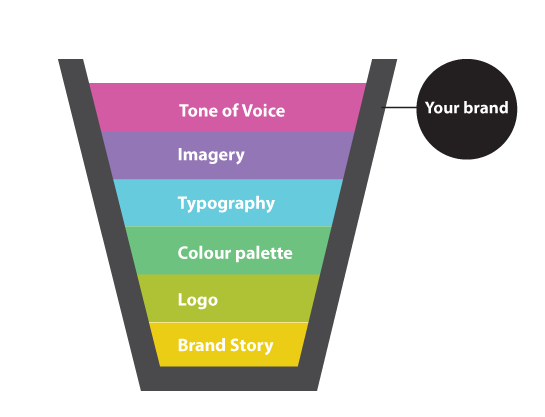
Brand Story: A brand story is what a company, service or product stands for in the hearts and minds of its target audience. It is a collection of verbal, emotional and visual elements which are used to express the unique essence of your brand and how it is communicated to the world. Your brand story is what sets you apart from other businesses selling the same service or product.
Brand ID: A brand identity is the visible elements of a brand (such as colours, logotype, name) that together identify and distinguish the brand in the consumers’ mind. This comes in the form of a memorable, clear and unique symbol that lives on all visual communications and is the companies most valuable brand asset. The style guide should explain how the ID needs to be reproduced covering topics such as size, placement, legibility. A brand ID that is too small ceases to serve any useful communication function. Showing examples of improper use of the logo is important so as to maintain consistency. Without consistency, a brands authenticity comes into question. Below are examples of a brand ID positioning and a list of how not to use a brand ID. Do NOT; Alter the logo, Do not stretch, Do not add graphics, Do not alter colour, Do not alter the typography

Brand Identity evolvement: As businesses evolve so to will the brand identity, below is a visual history of how the Lego brand ID has evolved over time.

Colour: Colour has the power to communicate messages and evoke emotional responses. Finding a colour palette that fits your brand will allow you to influence your customers behaviour towards your brand. Results from a colour theory study indicate that the role colour plays in branding shows that the relationship between brands and colour depends on the perceived appropriateness of the colour being used for the particular brand (does the colour “fit” what is being sold?). In your style guide the colourway guide illustrates all the information you need to reproduce the colours accurately on all media types.
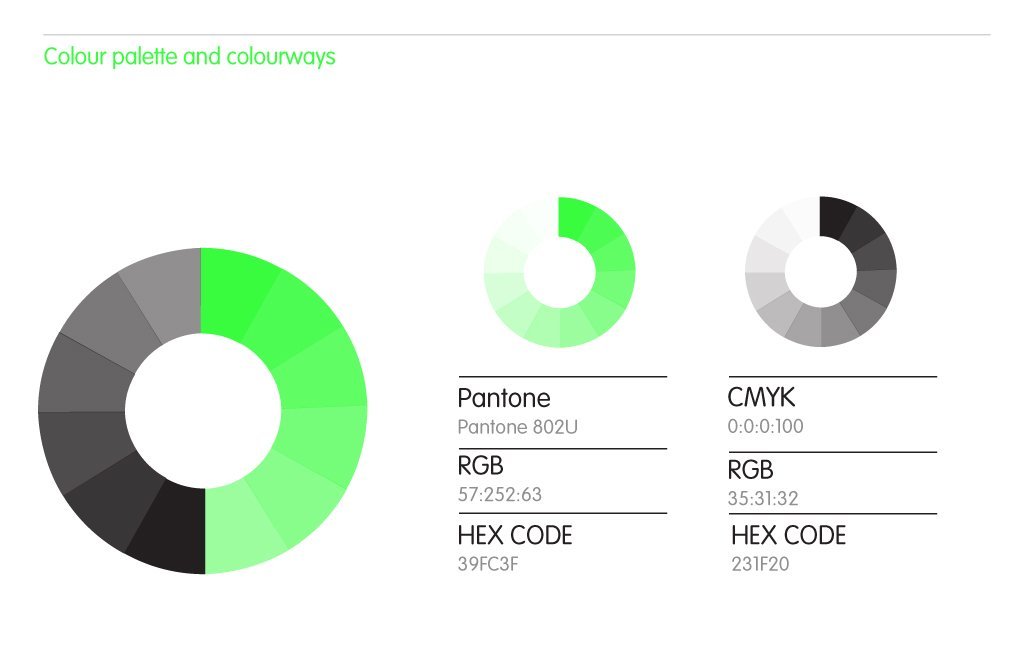
Typography: Typography has an important role to play in your brand. It commands attention and works as the visual interpretation of the brands voice. Typography has the power to reveal your brands personality. The typefaces are intentionally designed to showcases a brand’s style and character. A style guide regulates the number of allowable weights and styles and determine the proper spacing and formatting of letters.
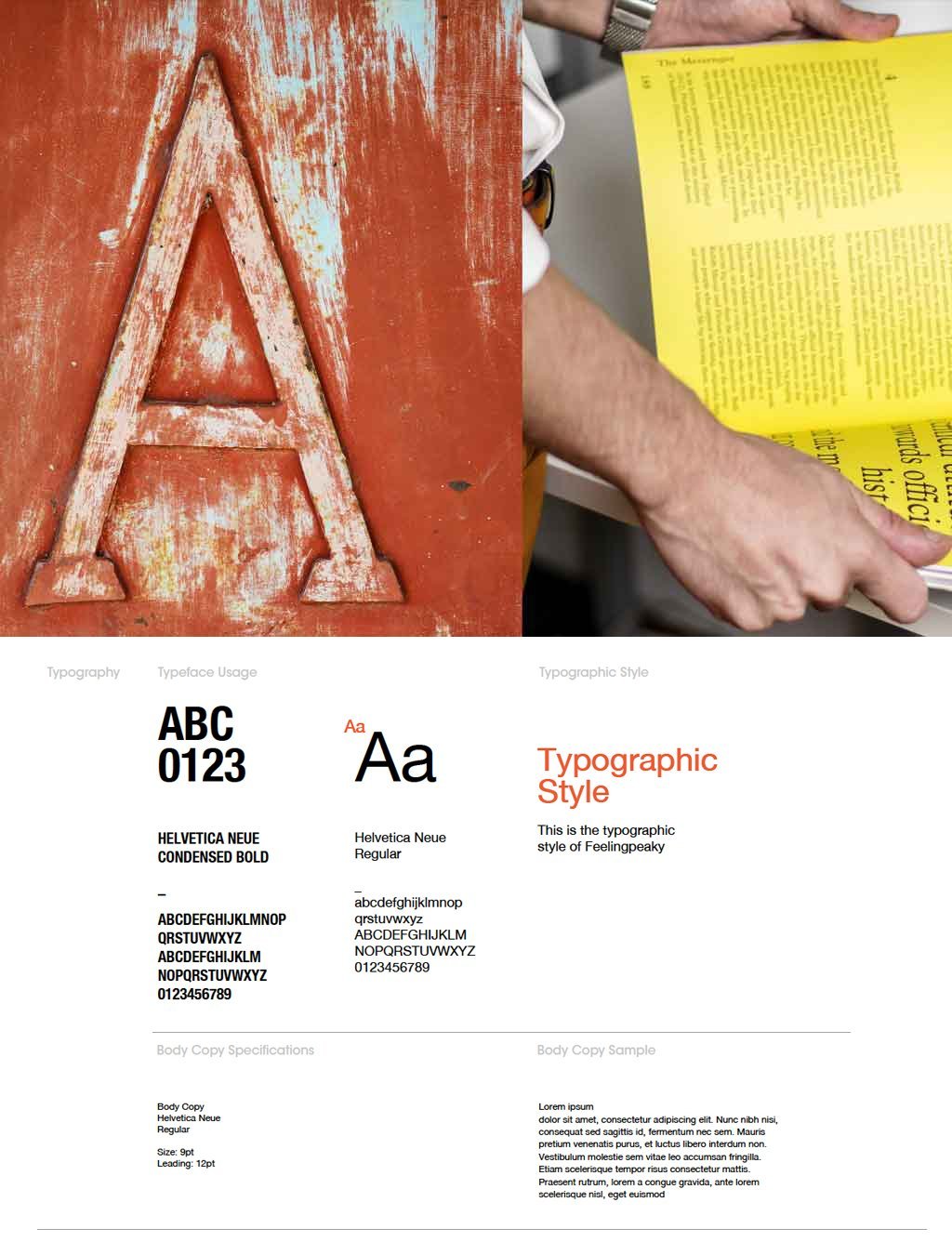
Imagery: Brand imagery is every visual aspect used within communications. This includes still photography, illustration, video and all forms of graphics. All imagery should be expressive and capture the spirit of the company and act as the embodiment of their brand personality. For any company with an online presence brand imagery is important as it appeals to the customers sense of sight as they primarily interact with your brand through screens.
Tone of voice: A brands tone of voice expresses the unique personality of that brand. By using a collection of words and sentences you create a language that your audience can relate to. The voice needs to be distinct and maintain consistency as a means to increase brand engagement. Communicating with too many voices can compromise the brand equity by confusing the audience and lead to a weak brand presence.
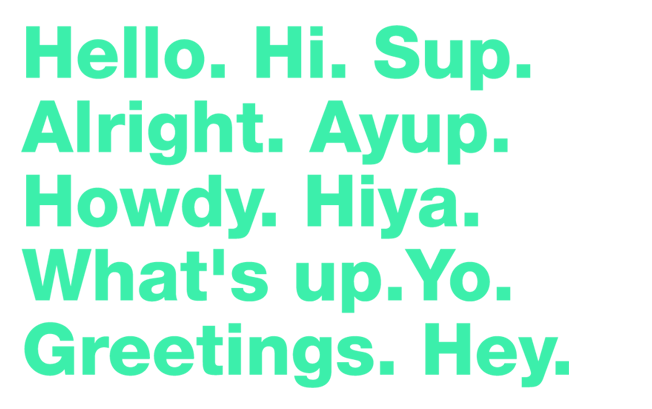
Touchpoints: Once the brand style guide is complete you will need to deliver your message across many media outlets. Below is an example of a touchpoint wheel considering the many print and digital touchpoints where your message can be delivered.
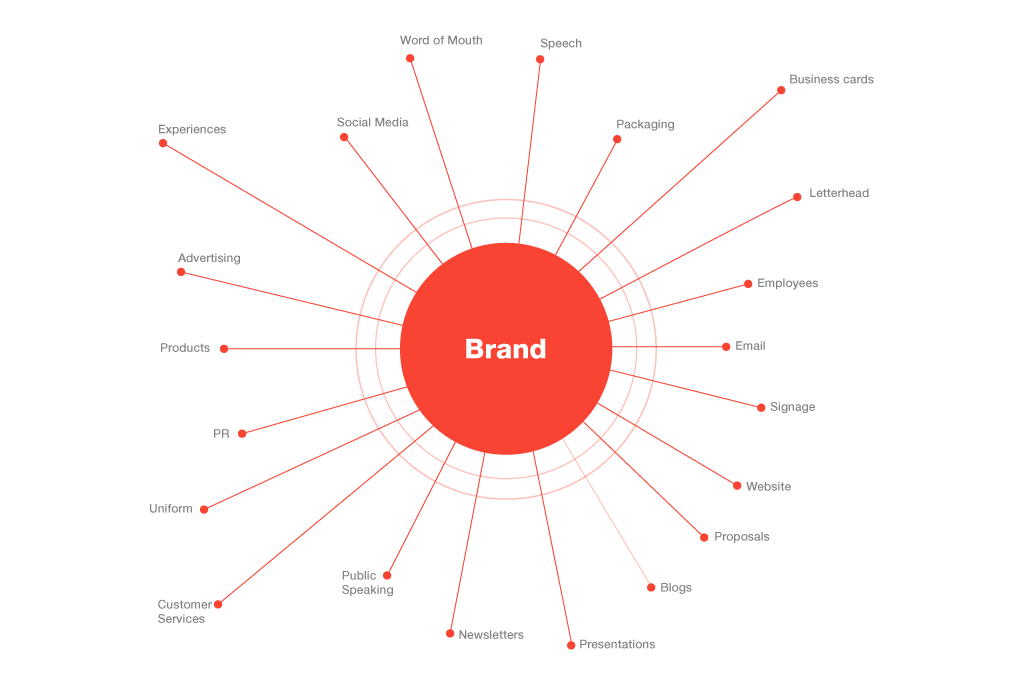
Our team will breathe life into your brand and tell your story We are a ‘family’ team of creative practitioners in the areas of design, marcoms and technology. Discover more about the work of our branding designers or get in touch to find out more.






